The Amalfi Coast dazzles visitors with its dramatic cliffs, pastel-colored villages, and azure Mediterranean waters. Yet beyond the postcard-perfect views of Positano and the celebrity sightings in Ravello lies a more authentic side of this UNESCO World Heritage coastline seldom experienced by most travelers.
Here is a list of 17 lesser-known gems that showcase the true heart and soul of the Amalfi Coast beyond its famous hotspots.
Valle delle Ferriere Nature Reserve
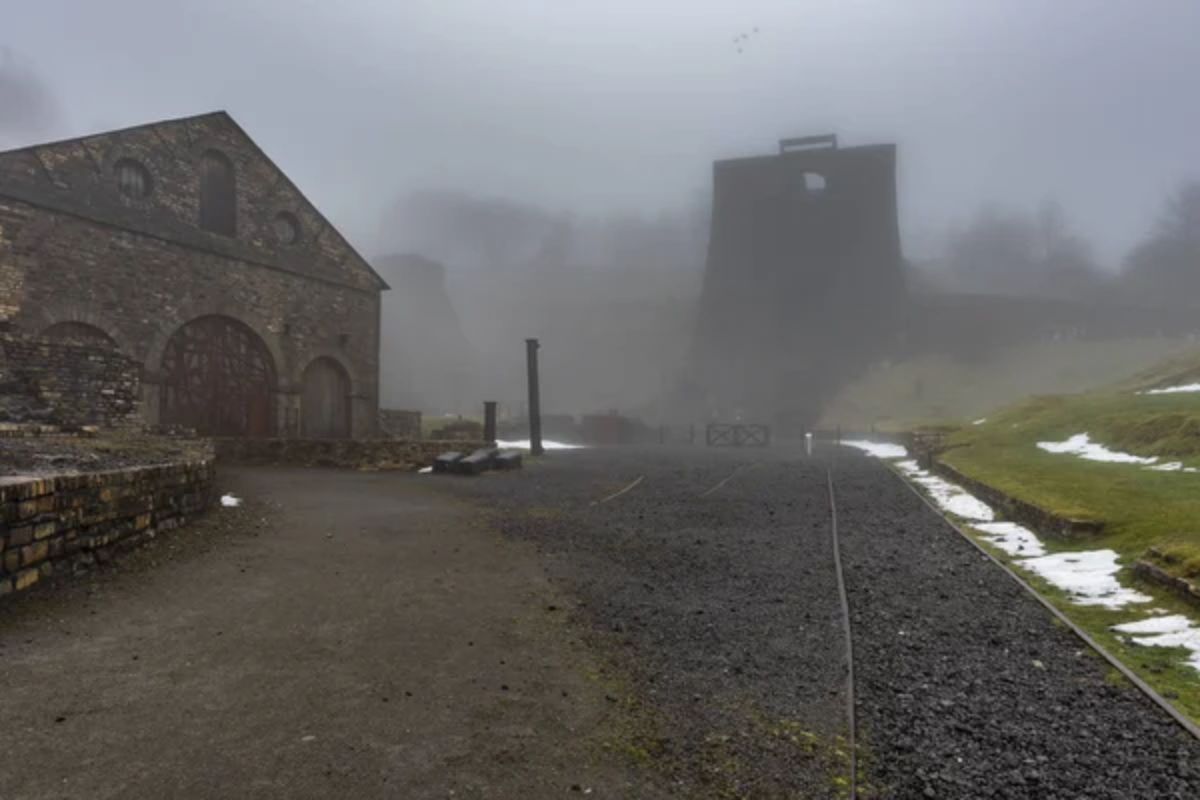
Just minutes from bustling Amalfi town, this lush valley transports visitors to a prehistoric microclimate where rare ferns thrive alongside tumbling waterfalls. Remnants of ancient paper mills that once powered the region’s economy now stand in picturesque ruin along the hiking trail.
The temperature noticeably drops as you enter the valley, providing welcome relief during summer months when coastal areas swelter. The diverse ecosystem supports several plant species found nowhere else in Italy, protected within this unexpected wilderness.
The moderate difficulty level keeps crowds minimal compared to more accessible coastal walks, while the abundance of natural swimming pools offers perfect resting spots.
Minori’s Ancient Roman Villa
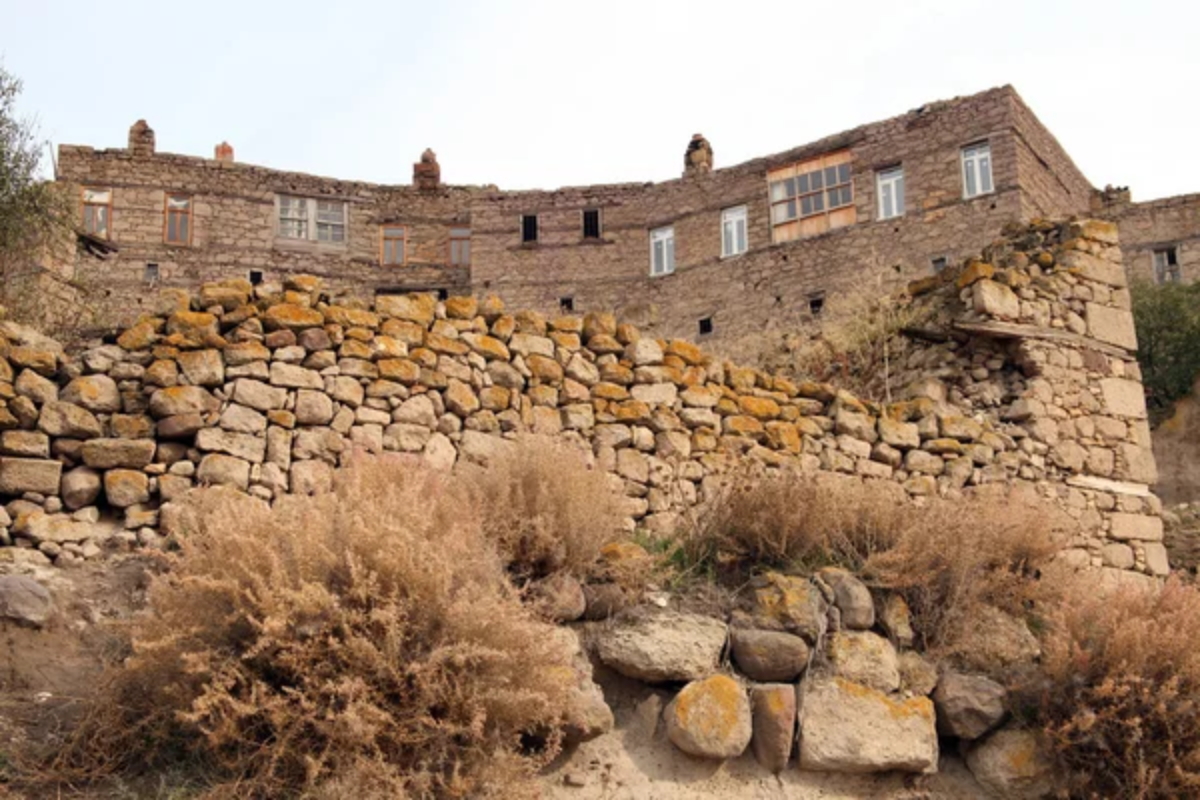
While tourists flock to Pompeii’s crowded ruins, this remarkably preserved 1st-century maritime villa sits largely unvisited despite its intricate mosaics and fascinating insights into coastal Roman life. The well-preserved thermal baths demonstrate sophisticated engineering that brought hot water throughout the complex.
Original frescoes depicting maritime scenes still adorn several walls, showcasing artistic techniques now largely lost to history. The adjacent antiquarium displays artifacts discovered during excavations, including everyday household items that humanize the ancient residents.
The site’s beachfront location demonstrates why wealthy Romans chose this coastline for leisure retreats two millennia before modern tourism discovered its charms.
Like Travel Pug’s content? Follow us on MSN.
Tramonti’s Mountain Vineyards
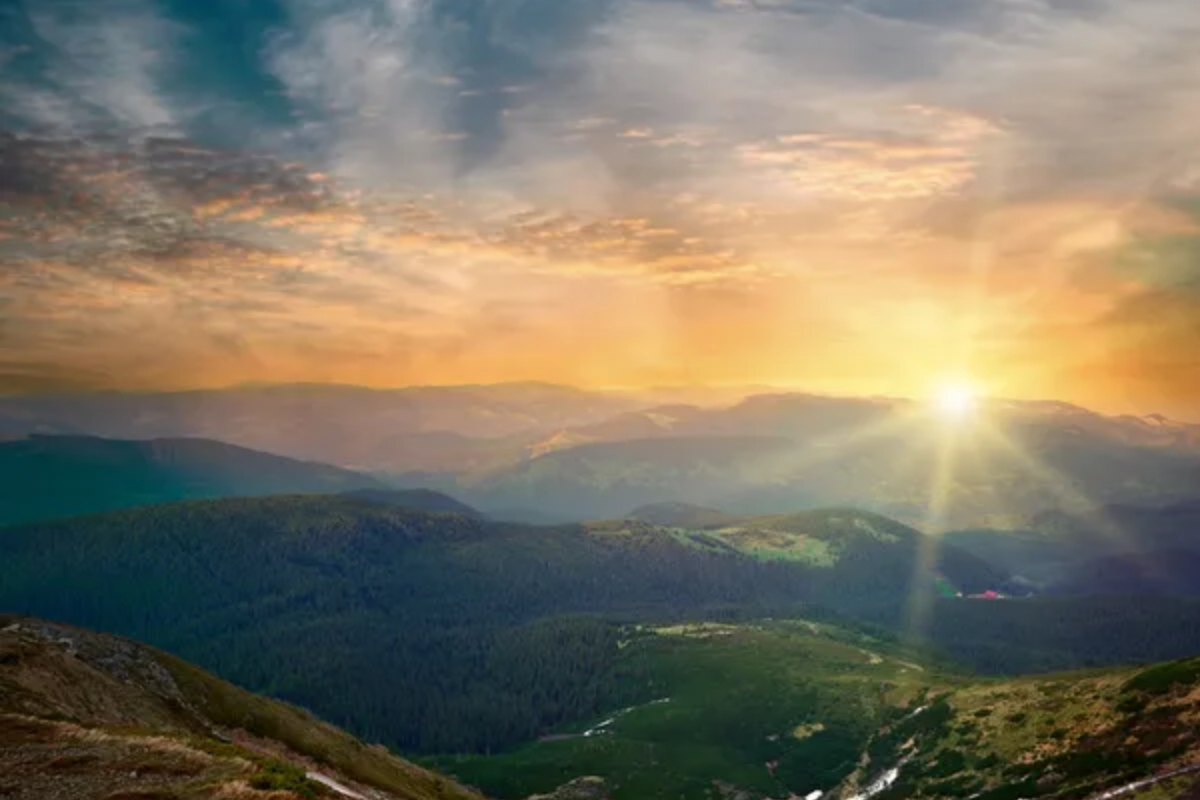
The high-altitude vineyards of this inland community preserve ancient winemaking traditions, including rare pre-phylloxera grape varieties growing on their original rootstock for over 600 years. Family producers welcome visitors to sample robust reds that contrast dramatically with the coastal crisp whites more commonly associated with the region.
Many vineyards maintain the traditional pergola training system, creating cathedral-like canopies of grapevines overhead rather than the orderly rows found in more commercial operations. The cooler mountain climate and distinctive soil composition create wines with a complexity rarely found in more touristy coastal establishments.
Multi-generational winemaking families share stories that connect present production with centuries of agricultural history.
Torre dello Ziro
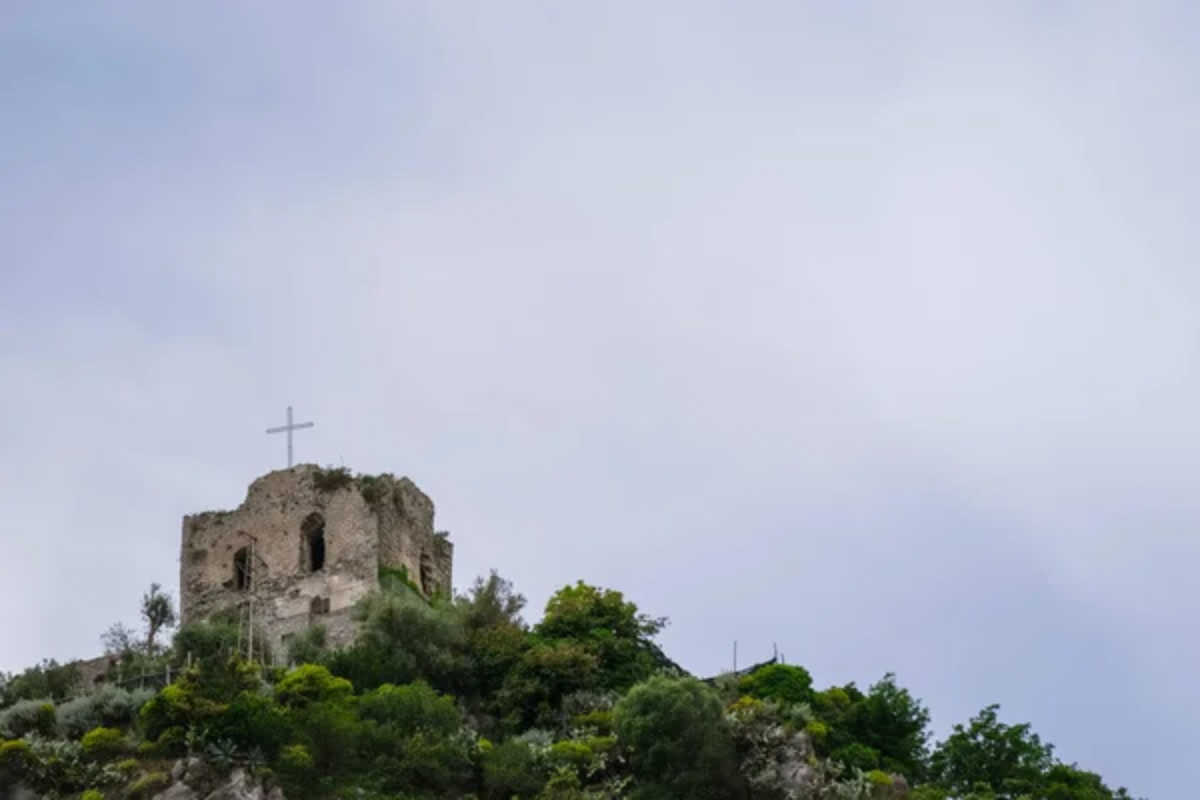
This medieval watchtower perched between Amalfi and Ravello offers breathtaking panoramic views after a moderately challenging hike through lemon groves and Mediterranean scrubland. The tower’s tragic history includes the imprisonment of Duchess Giovanna d’Aragona, suspected of adultery and locked away with her alleged lovers.
The strategic vantage point demonstrates why this defensive position protected the maritime republic for centuries against Saracen invasions. Wildlife enthusiasts might spot peregrine falcons nesting in the surrounding cliffs during spring months.
The trail’s relative obscurity means encountering more local hikers than international tourists, creating opportunities for authentic exchanges about regional life.
Erchie’s Secret Beach

This tiny fishing hamlet tucked between more famous towns features a perfect crescent of sand framed by ancient defensive towers and crystal-clear waters. The beach’s eastern orientation means morning visitors experience glorious sunshine while afternoon shade from surrounding mountains provides comfortable late-day relaxation.
Local fishermen still launch traditional wooden boats directly from the beach each morning before sunrise. The single beachfront restaurant serves unfussy seafood caught hours earlier and prepared with generations of accumulated wisdom.
The protective bay creates calm swimming conditions ideal for families with young children concerned about stronger currents found at more exposed beaches.
Like Travel Pug’s content? Follow us on MSN.
Santa Maria de Olearia Monastery
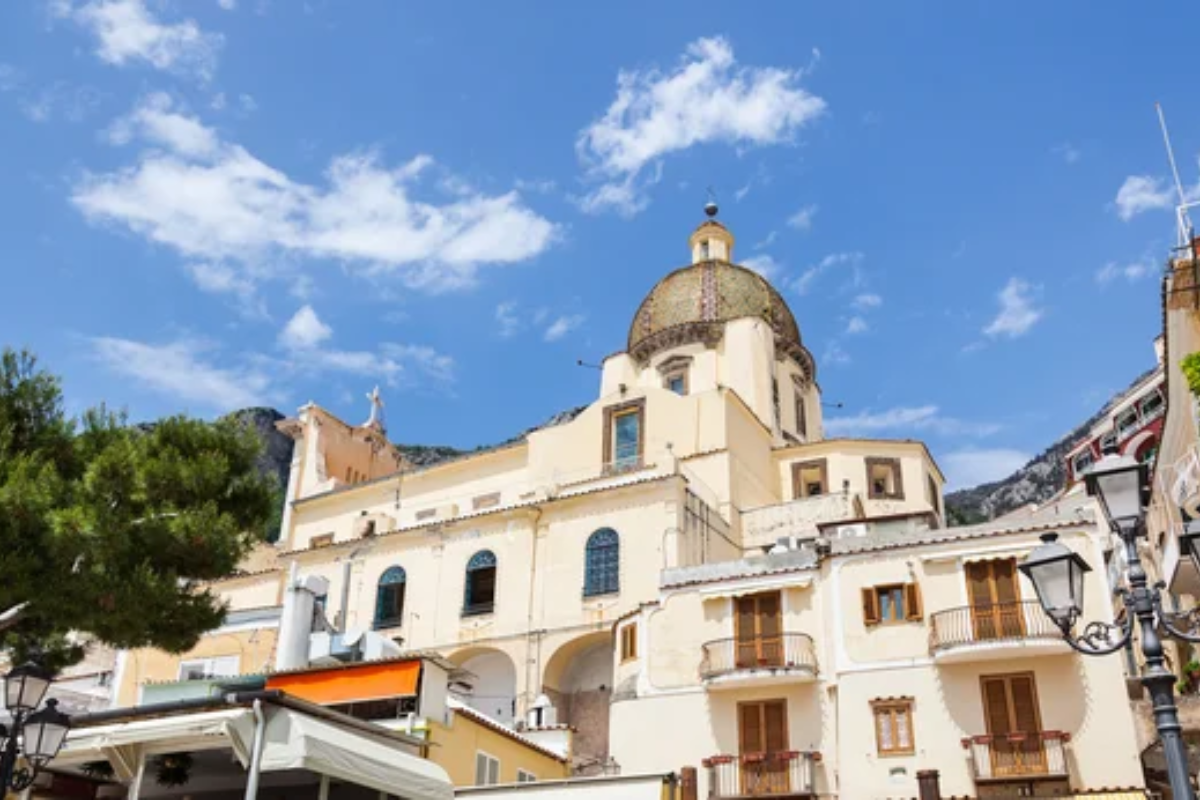
Built directly into limestone cliffs between Maiori and Minori, this 10th-century monastery contains remarkable Byzantine frescoes rarely seen by tourists despite their historical significance. The three-tiered chapels demonstrate early medieval construction techniques utilizing natural cave formations adapted for religious purposes.
Occasional restoration work means some visits include conversations with conservators explaining their painstaking efforts in preserving these fragile artworks. The monastery’s position suspended between mountains and sea embodied the monastic ideal of separation from worldly concerns.
Access requires arranging visits through local cultural associations, creating an experience untouched by commercial tourism development.
Furore’s Fjord
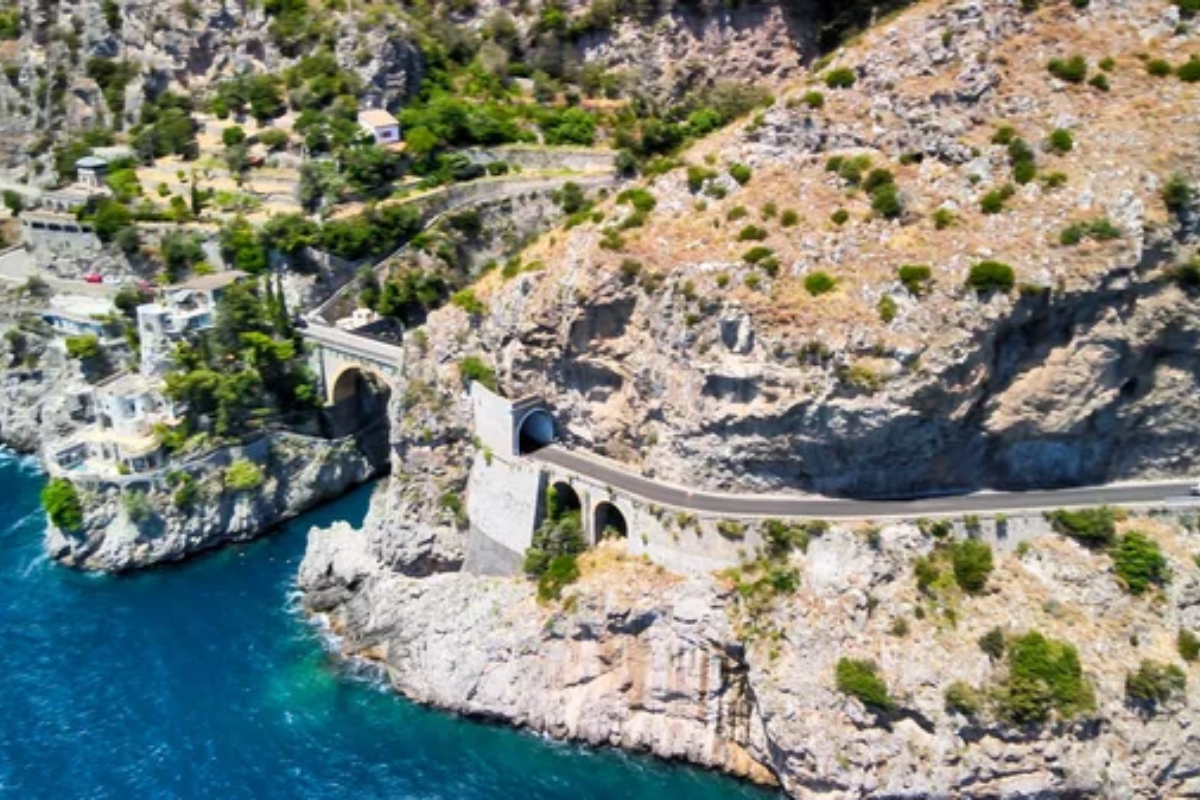
This dramatic gorge slicing through towering limestone cliffs features an arched bridge spanning its narrow opening to the sea, creating one of the coast’s most photogenic spots without Positano’s crowds. The micro beach at the fjord’s mouth disappears entirely during high tide, visiting timing crucial for those hoping to swim in its emerald waters.
Abandoned fishermen’s houses cling to the rocky walls, converted into an open-air museum documenting maritime traditions. The fjord hosts an annual high-diving competition where athletes plunge from the bridge into the narrow channel below.
Morning visits provide optimal lighting for photography as sunlight illuminates the otherwise shadowy ravine.
Bomerano’s Path of the Gods
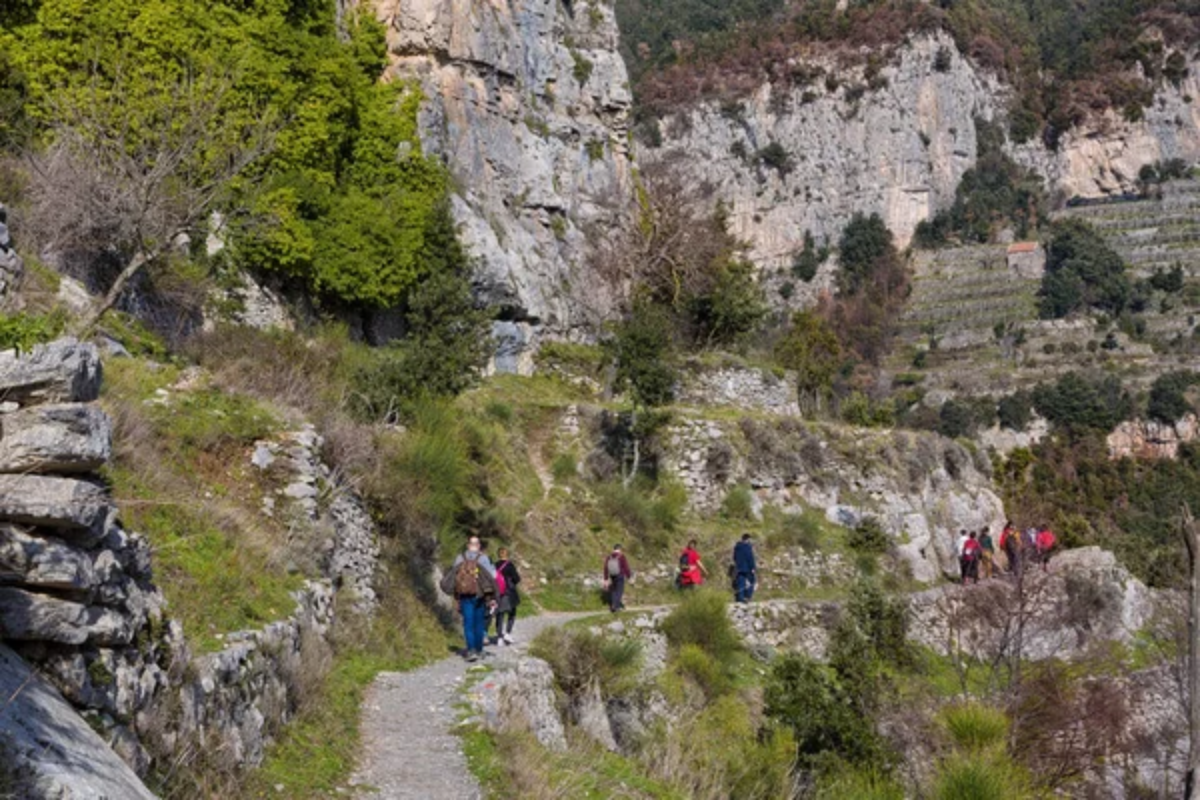
While the famous hiking trail attracts increasing numbers of visitors, starting from the mountain village of Bomerano rather than Positano offers a completely different experience away from tour groups. The traditional mountain community maintains authentic character with residents who still practice small-scale agriculture using centuries-old techniques.
The local specialty—provolone del Monaco cheese—features prominently in family-run trattorie serving dishes rarely found in coastal restaurants. The additional elevation provides even more spectacular vistas across the Mediterranean toward Capri than the lower sections of the famous trail.
Morning departures allow hikers to follow the sun’s path along the coastline rather than facing direct sunlight.
Like Travel Pug’s content? Follow us on MSN.
Conca dei Marini’s Sea Cave Church

Beyond the famous Emerald Grotto lies this hidden sanctuary carved into marine caves, where local fishermen once prayed before dangerous journeys. The small altar decorated with maritime votive offerings tells stories of storms that survived and prayers answered across generations.
Access requires perfect sea conditions and usually involves hiring a local boatman who shares historical knowledge passed through families for centuries. The acoustics within the cave amplify even whispered prayers, creating an ethereal atmosphere during impromptu religious ceremonies sometimes performed for visitors.
The cave’s isolation protected unique religious traditions, merging official Catholicism with older beliefs specific to seafaring communities.
Vietri sul Mare’s Ceramic Workshops
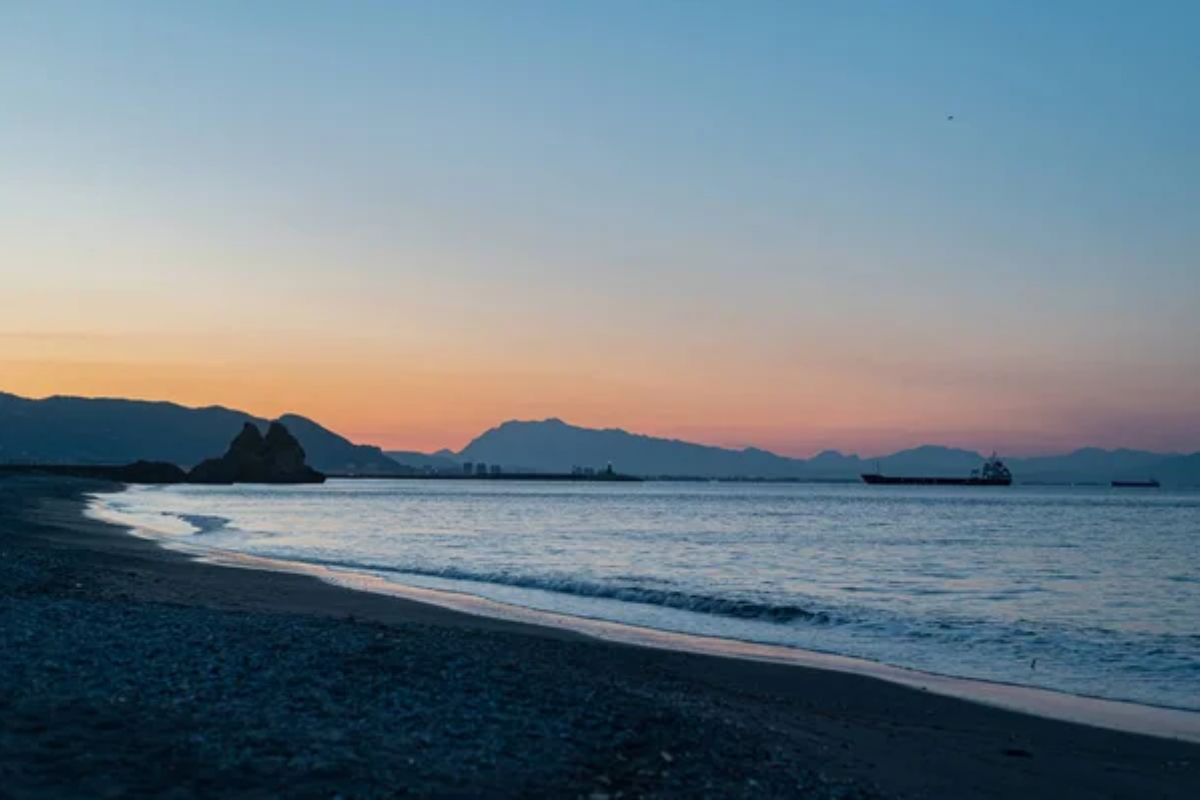
While this town marks the official eastern boundary of the Amalfi Coast, most tourists rush past without exploring its centuries-old ceramic tradition represented in numerous multi-generational family workshops. Beyond the tourist-oriented shops lie serious artisans maintaining techniques dating back to the 15th century, many welcoming visitors to watch their creative process.
The Ceramic Museum documents the evolution of regional styles influenced by diverse Mediterranean cultures over centuries of maritime trade. Many workshops offer hands-on experiences in creating personalized pieces using traditional methods under expert guidance.
The town’s colorful ceramic-tiled church dome, visible from miles away, demonstrates how this art form extends beyond utilitarian objects into architectural expression.
Scala’s Abandoned Ironworks
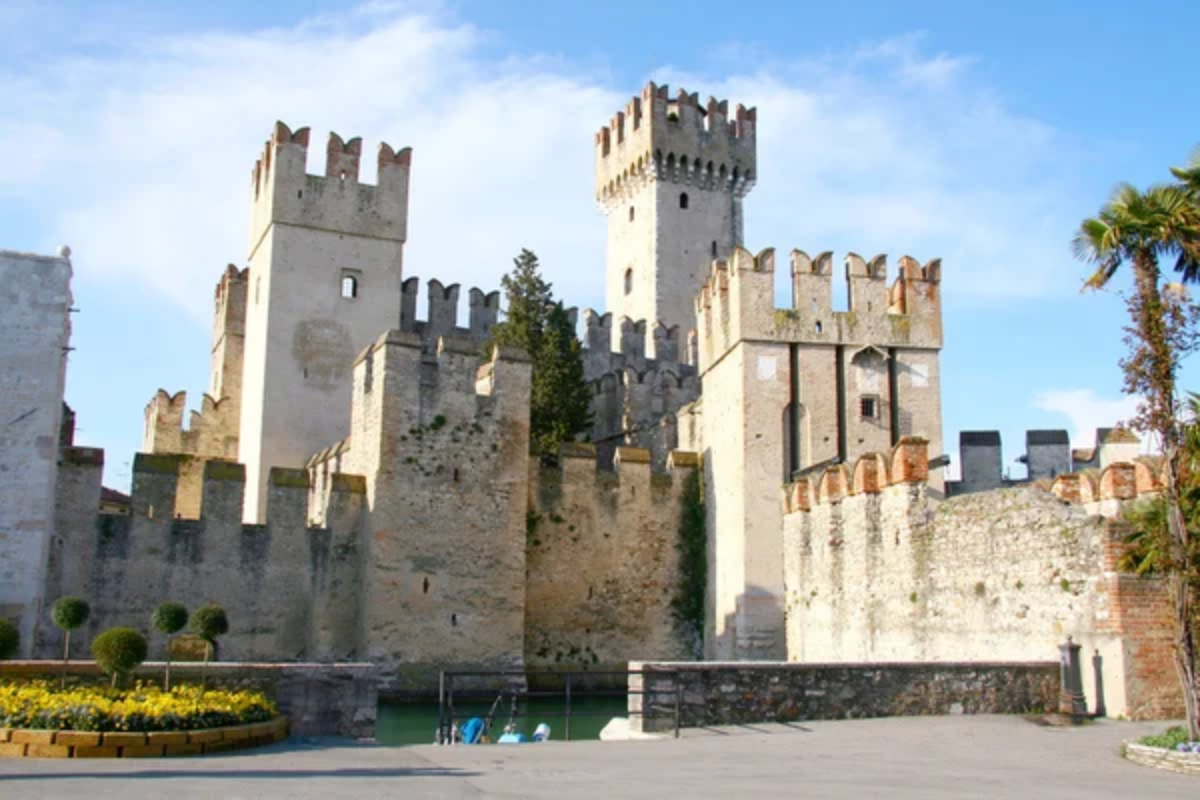
Hidden in chestnut forests above Italy’s oldest Amalfi Coast settlement lie ruins of medieval ironworks that once supplied weapons and tools throughout the Mediterranean. The extensive complex includes water channels, foundry remnants, and workers’ quarters gradually being reclaimed by forest.
The site demonstrates sophisticated industrial processes developed centuries before the Industrial Revolution transformed northern Europe. Local guides from the small mountain community share oral histories passed through generations describing operations during the maritime republic’s height.
The dense forest surroundings create distinctive biodiversity including rare orchid species visible during spring months.
Like Travel Pug’s content? Follow us on MSN.
Maiori’s Underwater Archaeological Park

The submerged ruins of a Roman maritime villa lie just offshore from this beach town, accessible to snorkelers and casual swimmers without technical diving equipment. Clear waters and minimal depth allow visitors to observe ancient foundations, marble fragments, and occasionally visible mosaics from the surface.
The site demonstrates how coastal erosion and changing sea levels have transformed the coastline since Roman times. Local archaeological associations sometimes organize guided snorkeling tours explaining historical context and identifying less obvious features.
The protected marine area surrounding the ruins creates a thriving ecosystem where colorful Mediterranean fish inhabit ancient structures in surprising numbers.
Punta Campanella Marine Reserve
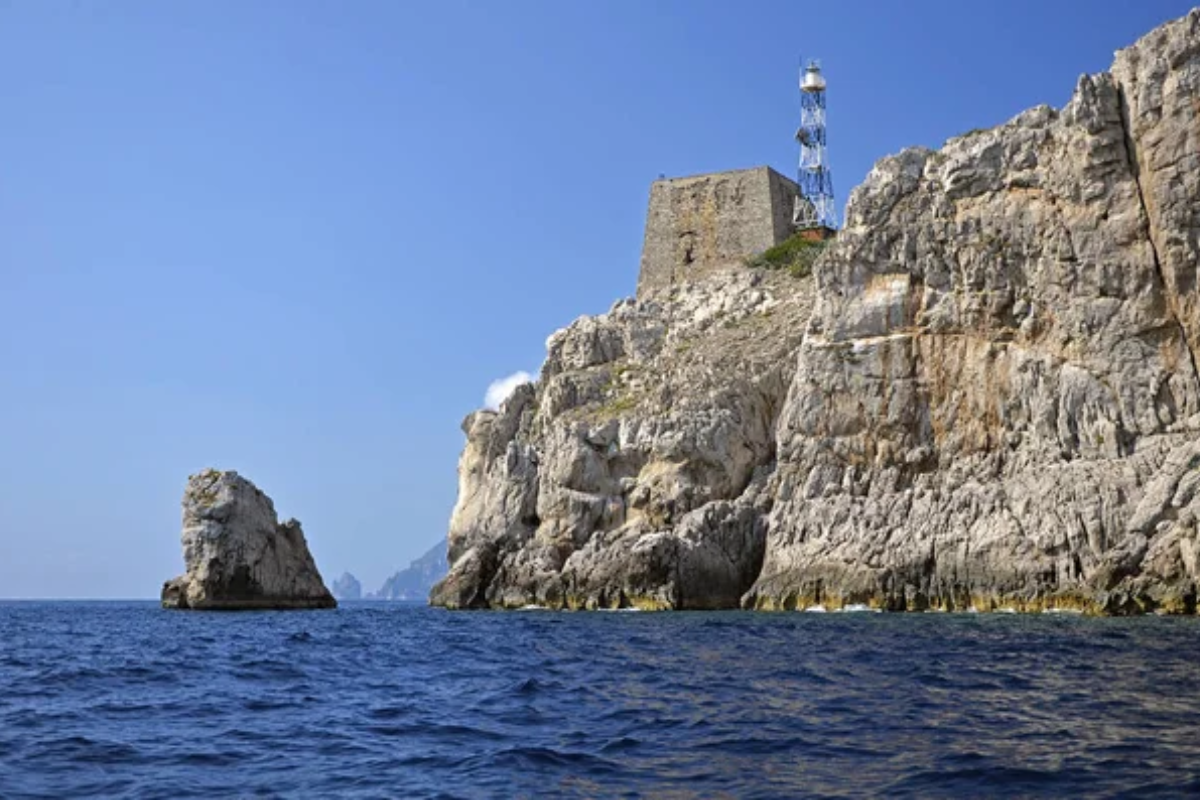
The rocky promontory marking the boundary between the Amalfi and Sorrento coasts offers spectacular hiking combined with snorkeling in protected waters abundant with marine life. Ancient navigation temples dedicated to Minerva once guided Greek and Roman sailors around this treacherous headland where mythological sirens supposedly sang.
The lighthouse trail provides uninterrupted views spanning both magnificent coastlines from a single vantage point. Spring visits reward naturalists with rare endemic plant species that bloom briefly on these exposed cliffs.
The minimal facilities and challenging access preserve this area’s natural character despite lying between major tourist destinations.
Ravello’s Organic Farms
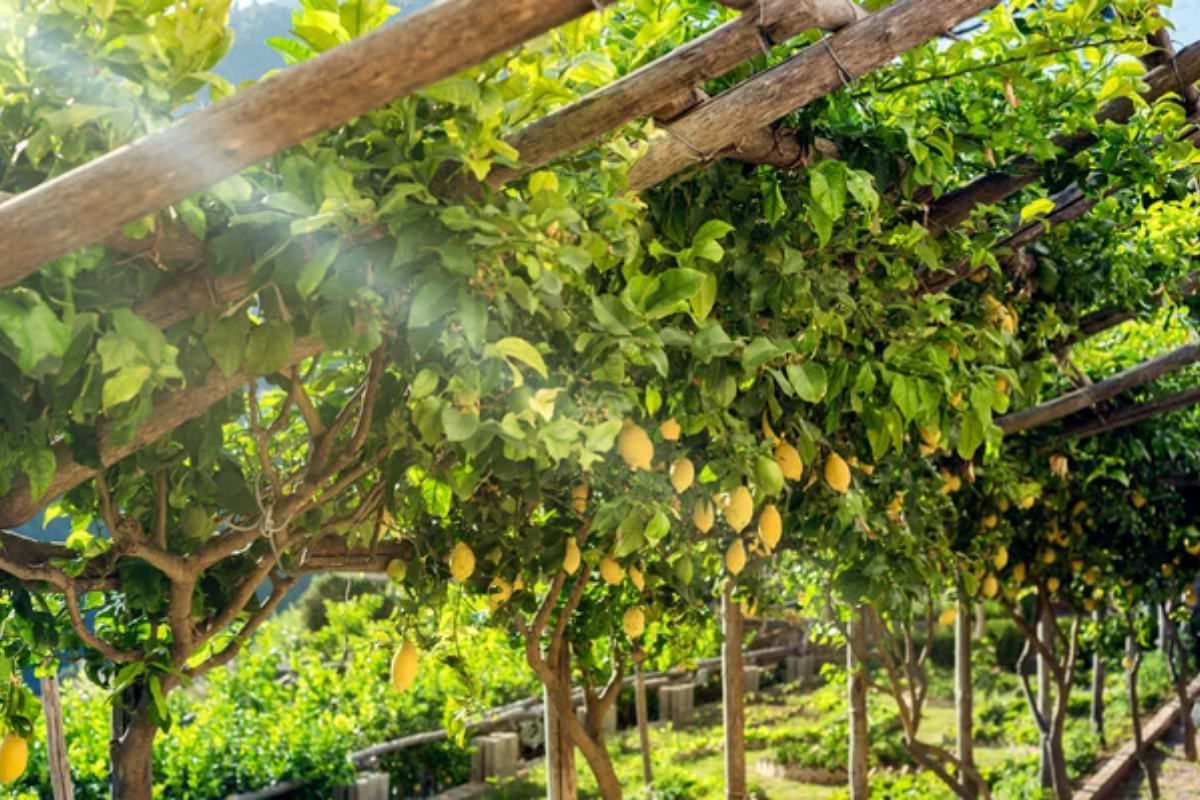
Beyond famous villa gardens, the terraced mountainside supports small-scale organic farms where visitors can participate in seasonal activities from lemon harvesting to olive pressing. These agricultural experiences connect travelers to the intensive labor that shaped the region’s distinctive landscape over centuries.
Many farms maintain heirloom vegetable varieties historically important to regional cuisine but vanishing from commercial production. Farm-to-table cooking classes use ingredients harvested minutes earlier, creating authentic culinary experiences impossible in restaurant settings.
The agricultural perspective provides a deeper understanding of how human interaction with challenging terrain created the cultural landscape now preserved as UNESCO heritage.
Like Travel Pug’s content? Follow us on MSN.
Atrani’s Hidden Piazzetta
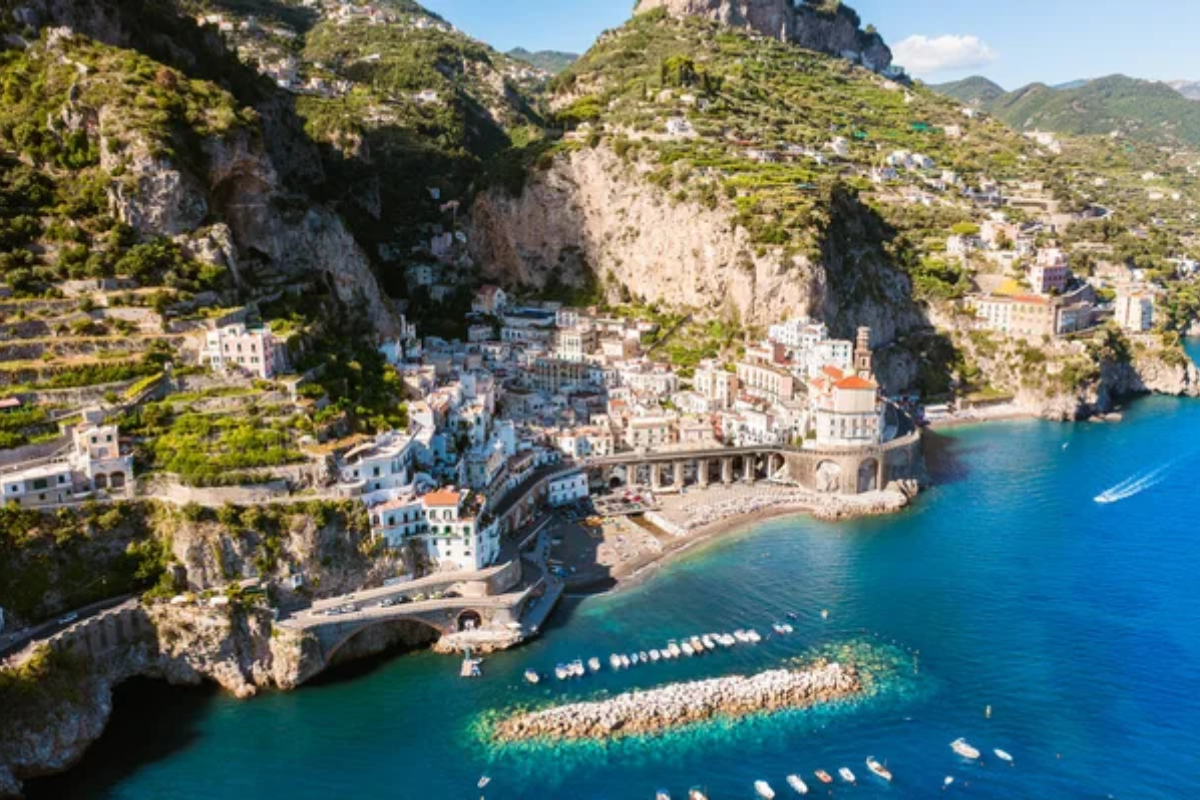
Overshadowed by neighboring Amalfi despite being Italy’s smallest municipality, this perfectly preserved fishing village centers around an intimate medieval square connected to the sea by vaulted passages. Evening gatherings of multi-generational local families create an authentic community atmosphere increasingly rare in more tourism-dominated towns.
The compact urban layout demonstrates medieval planning principles adapted to extremely limited buildable land between mountains and sea. The Church of San Salvatore de’ Birecto housed coronation ceremonies for the maritime republic’s doges, reflecting historical importance disproportionate to the town’s small size.
The relative absence of boutique hotels maintains residential character with actual laundry—not Instagram props—hanging from balconies.
Cetara’s Anchovy Tradition
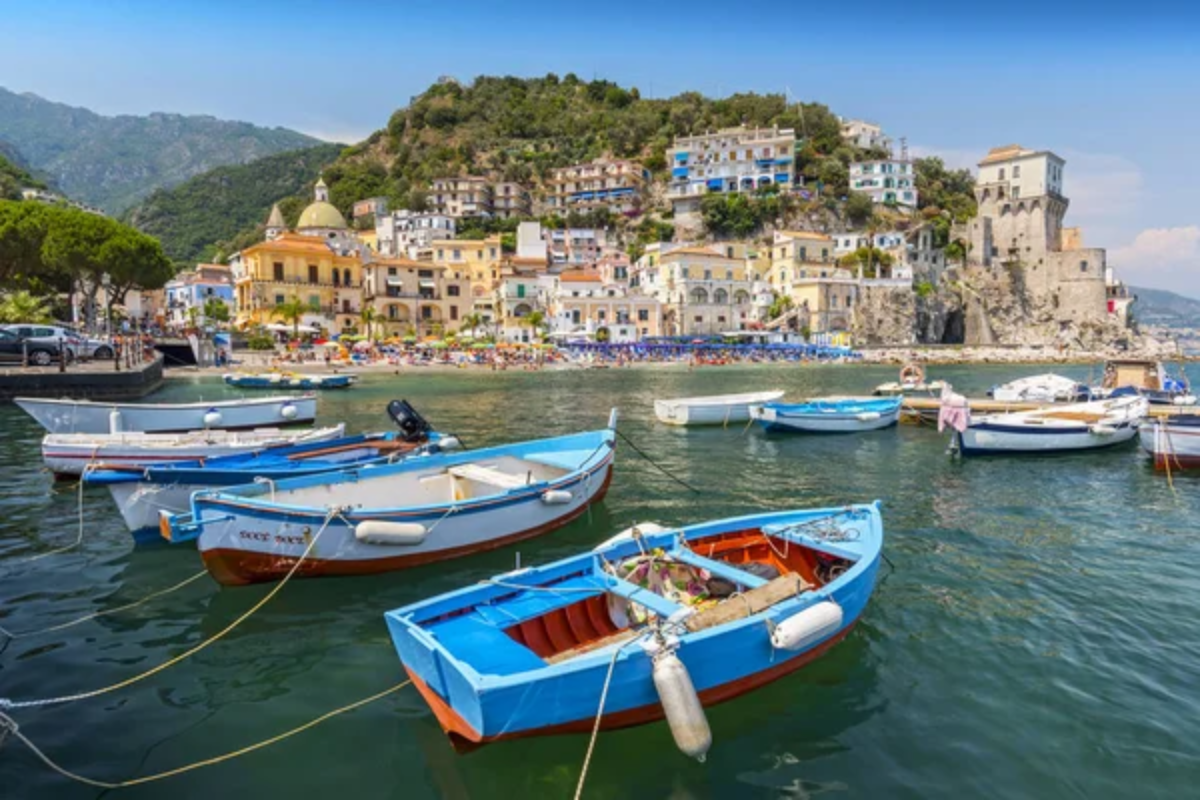
This working fishing village maintains centuries-old traditions, producing colatura di alici—an umami-rich fermented anchovy liquid similar to ancient Roman garum that features prominently in regional pasta dishes. Early risers can watch the fishing fleet return with daily catches that supply both local tables and gourmet restaurants throughout Italy.
Family producers welcome visitors to witness the production process beginning in spring with anchovy salting and continuing through liquid extraction months later. Specialty shops offer tastings comparing different producers’ styles, reflecting subtle variations in traditional methods.
The unpretentious waterfront restaurants serve possibly the coast’s most authentic seafood prepared according to generations-old recipes.
Praiano’s Evening Passeggiata
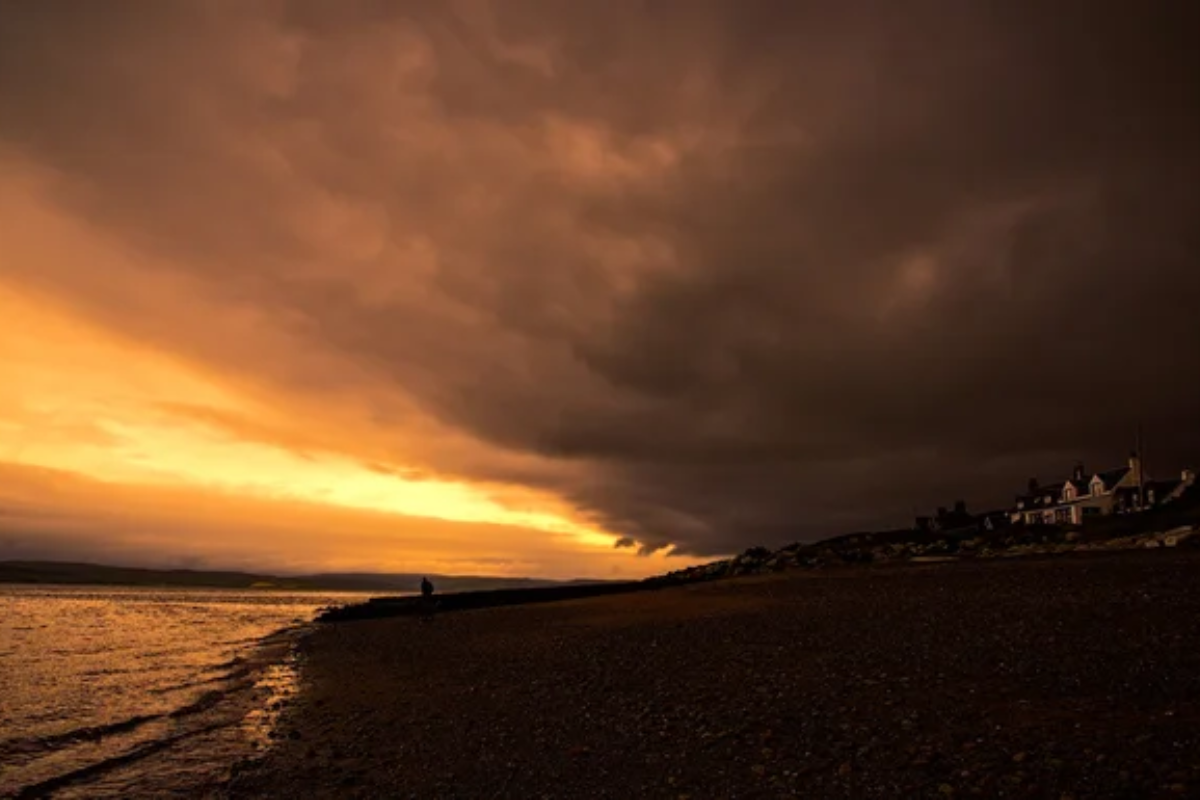
While day-trippers focus on famous neighbors, this cliffside village awakens at sunset when locals emerge for the traditional evening stroll along specially designated romantic walking paths. The western orientation provides spectacular sunset views that draw photographers to specific vantage points identified in local lore as particularly magical.
Traditional ceramic sea creatures embedded in walkways near the Church of San Gennaro light up after dark, creating an enchanting illuminated path. Community religious festivals preserve traditions dating back centuries, particularly the summer celebration featuring thousands of candles lighting the landscape.
The relaxed pace matches how coastal life functioned before tourism, revealing authentic rhythms increasingly rare elsewhere along the coast.
Like Travel Pug’s content? Follow us on MSN.
Beyond Postcard Perfection: The Authentic Amalfi Experience

While famous viewpoints certainly deserve admiration, these lesser-known treasures reveal how local communities maintain distinctive traditions despite tourism pressures. The most meaningful Amalfi Coast experiences often happen during these unplanned encounters with living culture—whether joining a mountain farmer harvesting lemons, watching ceramic artisans apply generations of knowledge, or simply enjoying espresso alongside locals in a village square untouched by souvenir shops.
These authentic moments transform a beautiful coastline from a scenic backdrop into cultural dialogue, creating memories far outlasting standard vacation photographs.
More from Travel Pug

- Cities Growing so Fast You Won’t Recognize Them in 10 Years
- 13 Destinations Where Tourists Regularly Regret Their Trip
- 20 Obscure WWII Sites Even History Buffs Don’t Know About
- 10 Under-the-Radar Mountain Towns That Are Both Affordable and Beautiful
- Remote Villages in Europe Where You Can Live for Free in Exchange for Work
Like Travel Pug’s content? Follow us on MSN.
